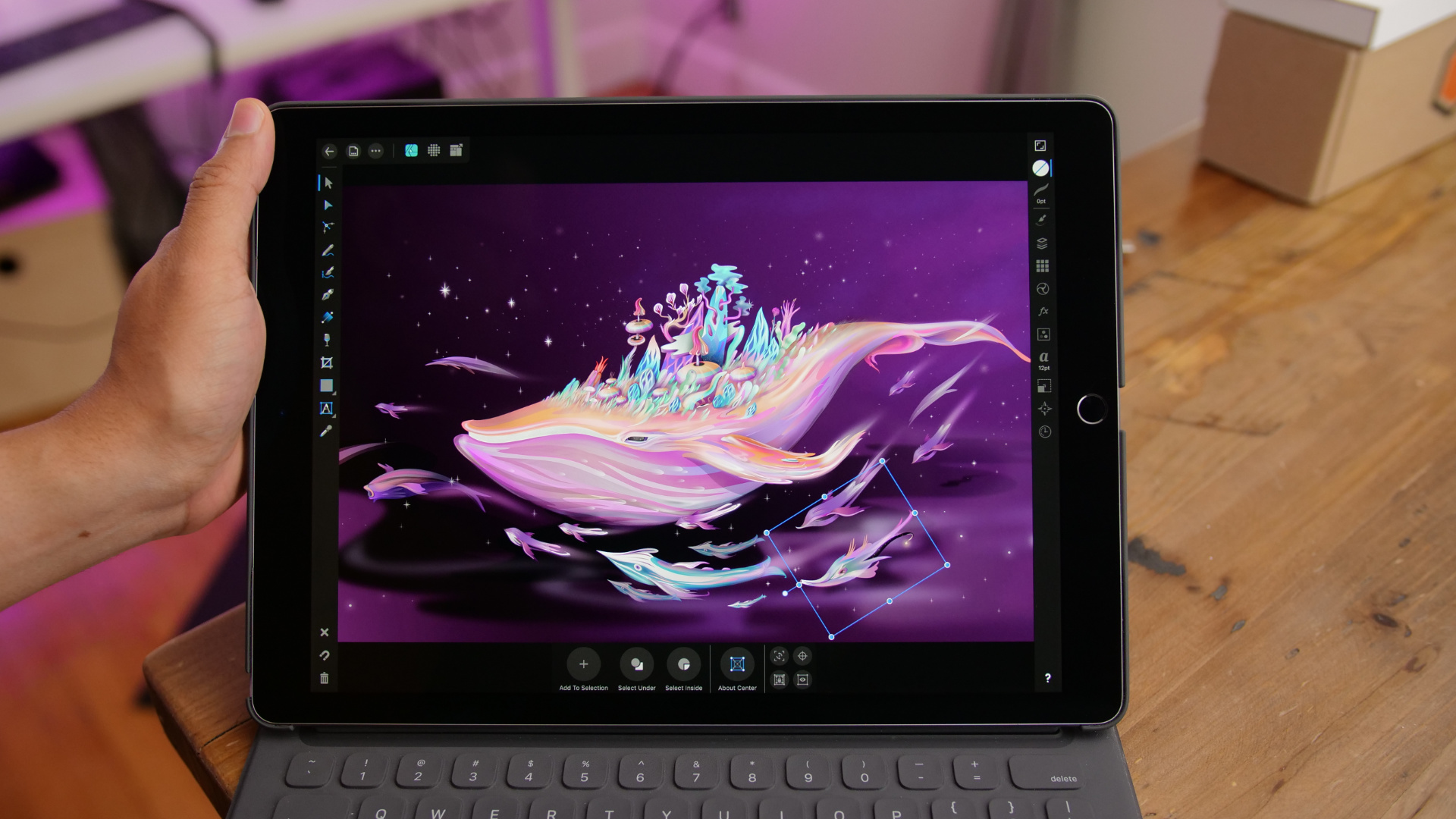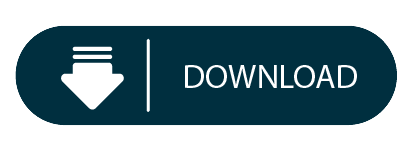Affinity Designer is a vector or raster app. It’s a competitor to Adobe’s Illustrator and allows you to design various elements for print or digital publication.
Affinity designer is a fairly new program but is gaining traction fast due to it’s deep feature set and its place as an inexpensive Adobe Illustrator replacement. It's also the most complete vector application available on the iPad. Who this course is for: Beginners who want to learn how to make digital art. Hand Drawn Affinity Designer Brushes. The pack by Pixelbuddha you’re.
Affinity Designer for iPad does not require any subscription, it’s simply $19.99 – and right now available with 50% off! Buy now $9.99 Craft perfect vector curves or combine objects and shapes using complex Boolean operations. You can also create abstract shapes or an offset path with the powerful contour tool. Create a new document in Affinity Designer for iPad, this will be your testing canvas. Ensure you have Vector Persona selected. Go to the Brushes Studio and using the Studio Preferences icon, choose Add Category. Go the Studio Preferences Menu again and rename your brush category to Washes. Go the Studio Preferences Menu once more, and this time select New Textured Intensity Brush.
It’s part of the Affinity package of design tools made by Serif. Use it to do anything from making a business card to mock up an app. Affinity Designer is made for Mac iOS, Windows, and the iPad.
Here, we’ve collected some of the best for everyone from beginners to more seasoned pros, a mix of video and written tutorials. It’s a great place to start for upskilling with your first steps in Affinity Designer!
Affinity Designer UI Overview
If you are new to Affinity Designer or just want an overview of the tool and what it looks like before making a purchase, this UI overview is the place to start. The video lasts less than 5 minutes and walks through the user interface, highlighting a few key elements of the software.
Affinity Designer: The File Menu
Another beginner tutorial, this video takes you through the file menu and looks at each option and how to use it. Rory Townsend, who made the video, also has similar video tutorials with each of the other menu options to help you really get a good hold on all the things you can do with Affinity Designer and where each individual tool or option is located in the menu.
Affinity Designer: 10 Basics
This is the ultimate getting started video guide for Affinity Designer, with all the basics in one video. You’ll learn how to get started with a new document, use premade and custom shapes, work with colors, see how layers work, combine shapes, work with vectors and the vector brush and pen tools, add text to a file, and save and export. It’s all in an easy to follow video and you can get all this information in less than 20 minutes. Plus, the video host Jesse Showalter, has plenty of energy so this tutorial anything but boring.
Affinity Designer Basic Logo Design
Affinity Designer Ipad Export Vector
Affinity Designer is a tool that allows you to work with vector or raster images. That means you can create logos that can be scaled for any use with the software. In this tutorial, you walk through all the steps to create a simple vector logo using tools in Affinity Designer.
How to Create a Flat Vector Illustration in Affinity Designer
Because of vector functionality, Affinity Designer can also be used to create illustrations. This tutorial takes you through the steps to create a flat illustration, such as the example above, that you can apply to full-scale illustrations, logo, or icon design. The tutorial includes step-by-step instructions and plenty of screenshots that you can use to follow along on your own.
Using the Layers Panel
Using layers and groups is a powerful function that can help keep files organized and a lot easier to manage. Using them in Affinity Designer is fairly easy. Learn everything you need to know about layers and groups in this short video from the makers of the software.
How to Create an Icon in Affinity Designer
Icon design is something almost everyone comes across at some point. Affinity Designer is the perfect tool for creating all manner of icons. This tutorial takes you through the process step-by-step, and even includes some bonus information such as how to choose the right size when designing an icon and how to use various tools. Every step includes screenshots to make understanding easy.
Symbols in Affinity Designer
Using symbols as linked objects allow you to edit one element and it impacts everything in the design. (This is an awesome feature.) This tutorial shows you how to use symbols as intelligent linked objects for great global editing capability. (Learn this pro trick in less than 5 minutes!)
Using Text Effects
Text manipulations can be somewhat controversial. Purists say you should never mess with a typeface, but sometimes you have to use certain effects to make it work for your project. This Affinity Design tutorial shows you how to do just that. You’ll get an introduction to text effect manipulations in this easy to follow video.

How to Create Patterns in Affinity Designer
Patterns have a lot of practical use from website backgrounds to the main artwork for a poster or brochure. From subtle repeating shapes to something a little bolder, there are a few different ways to create a pattern in Affinity Designer. This tutorial explores three options. Note there are a lot of steps here, but the instructions and screenshots are easy to follow. Don’t let the depth of the lesson intimidate you.
Affinity Designer for iPad
The recording of a live session provides an overview of everything you need to use Affinity Designer effectively on an iPad. You’ll get an overview of tools and the software as well as creating specific things (a playing card, book cover, and poster) using tablet-based tools. The tutorial lasts over an hour and is comprehensive.
Pen Tool Masking in Affinity Designer
Use the Pen tool in Affinity Designer to create a dynamic mask of a selection of an image and apply modifications. This is a cool feature that can take some time to learn and this tutorial gives you a jumpstart.
Shapes Around a Curved Line in Affinity Designer
In less than 5 minutes, you can apply shapes to a curved line. You’ll learn how to create a brush from a shape and use that to apply to any shape or size of curved line. The tutorial explains this function clearly and shows how to apply this highly functional feature.
Advanced Color Features in Affinity Designer
You can create, save, and store colors and fills in Affinity Designer. This is great for palettes that will be reused so you don’t have to manually renter color mixes every time. Using these advanced color features is easy to learn if you know the tricks offered in this video tutorial.
Everything You Need to Know About Affinity Designer Brushes
Brushes can help speed workflows and allow you to create custom stroke styles. This tutorial shows you how to use the tool including basics of the brushes panel, how to set up vector or raster brushes, how to create your own brushes, how to install brush packs, and how to use brushes from Photoshop or Illustrator.
Affinity Designer Point Transform Tool
Use the point transform tool to change the look of a geometric shape in Affinity Designer. This tool lets you change shapes and alters the look of objects.
Advanced Axonometric Grid Setup
An axonometric grid shows a three-dimensional object at a skewed angle so you can see multiple sides in the illustration. Affinity Designer allows you to set up an axonometric grid for projects. Drivers wiquest usb devices. This tutorial takes you through creating the custom setup.
Affinity Designer Templates
Affinity Designer Ipad Pro
We're covering the basics of Affinity Designer, helpful tutorials, comparisons with other apps, and the best templates and assets to use.
In this tutorial, I will show you how I create my own real-media brush nozzles and get them ready to use as the base of my brushes in Affinity Designer for iPad.
1. Create raw resources for your brush nozzles
You will need:
- Paper
- Some black acrylic pigment
- A bristle paint brush
- Water
Use the acrylic pigment and the brush to dab some strokes on your paper. Try to keep strokes as short as possible, as this will help make a good digital bristle brush.
I’m creating two sets of brushes—a set of raster brushes and a set of vector brushes for use within Affinity Designer for iPad.
2. Import your raw resources
If you haven’t made your brush nozzles, but would like to try out the rest of this tutorial, you can download the sets I made by using the download button below.
The aim here is to get your raw resources into Affinity Designer for iPad. You could either use a scanner or a camera to do this step. As the resolution doesn’t need to be huge, you could even use your iPad camera to make it easier for you.

If you’re using a digital camera, perhaps use a bouncing flash to have uniform lighting over your paper. If you’re using a scanner, a resolution of 300dpi should work fine.
3. Clean up your brush nozzles
Open your source file in Affinity Designer for iPad, make sure you are in the Pixel Persona. Softhard driver download for windows.
Then, add a Black and White Adjustment and remove all the saturation from the image. You do this by setting all the colour sliders to 300%.
Add a Levels Adjustment, this lets you remove all the unwanted shadows and non-uniform areas, in order to have a perfect white background. For my raster brush set, I set mine to 25% on the Black Level, 100% on the White Level and left Gamma at 1%. Experiment with these settings yourself to get the best results.
If needed you can also use the Paint Brush Tool, with a pure white fill (R:255, G:255, B:255) to cleanup any unwanted specks and dust.
When you’re done, it’s also a good idea to check the white bits of your page are pure white (R:255, G:255, B:255). You can do this with the Colour Picker Tool.
For vector nozzles only
At the end of your cleanup process, add an Invert Adjustment. Usb server motherboards driver. This is because the convention for mapped (vector) strokes is the inverse used for raster ones.
4. Export your brush nozzles
Switch to the Export Persona.
Using the Slice Tool, create a slice for each of your brush nozzles. Try to keep the slice’s edges as close as possible to each brush nozzle’s shape. This will help to have a better consistency with brush size.
Using the Slices Studio set each slice to export as PNG-24. Repeat for all your brush nozzles and then export them all to a folder, one folder for your raster nozzles and one folder for your vector nozzles.
And there you have it. This is how I create my real-life media brush nozzles to then use to create brushes in Affinity Designer for iPad.
Want to learn more?
Find out how to create to see how to use these nozzles to create some custom acrylic raster brushes and some custom vector brush washes in Affinity Designer for iPad.
